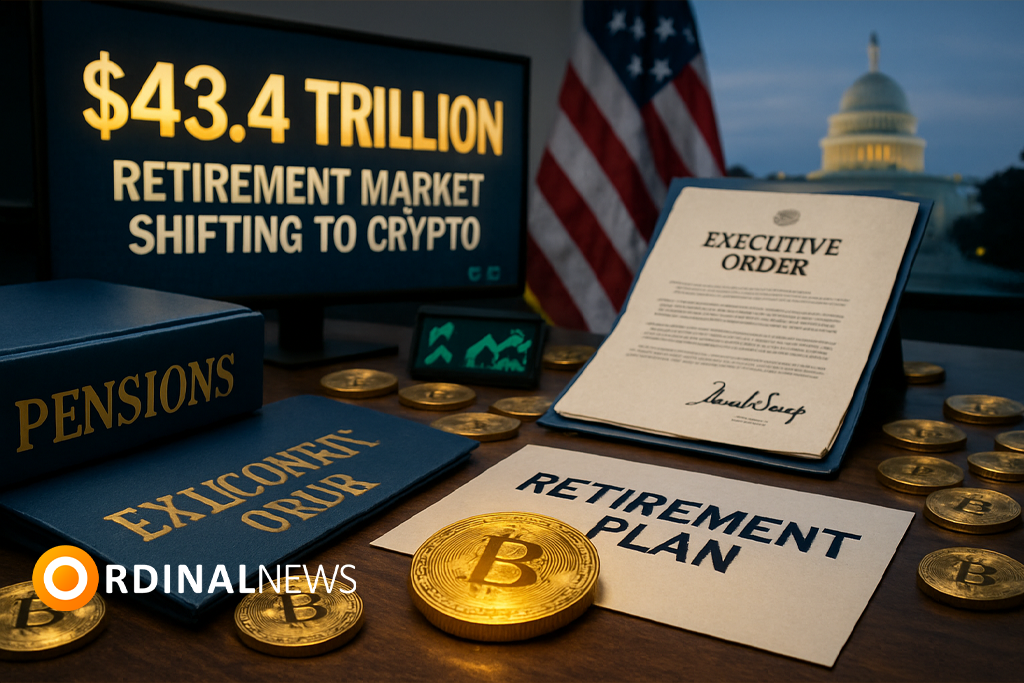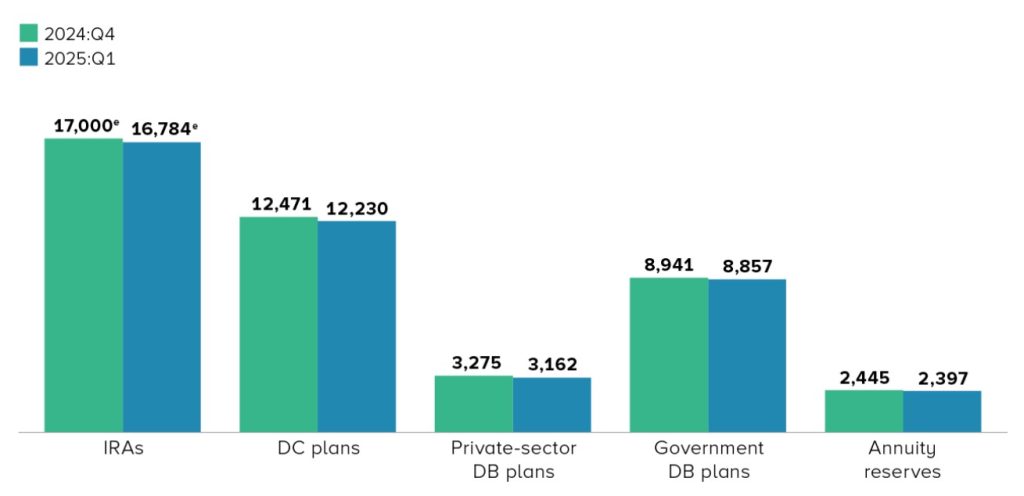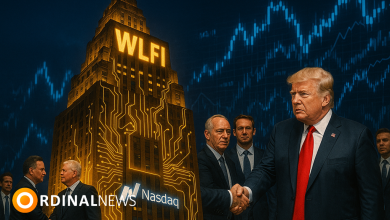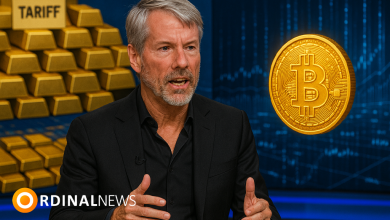Bitcoin poised to dominate 401(k) inflows following Trump’s crypto retirement directive

Executive order sparks hope and concern as crypto eyes trillions in U.S. retirement accounts
Former U.S. President Donald Trump has signed an executive order instructing the Labor Department to revisit regulations on 401(k) retirement plans, paving the way for the inclusion of cryptocurrencies and alternative assets like private equity and real estate. The move, which could reroute billions in retirement savings into crypto markets, has generated both excitement and skepticism across the financial and digital asset industries.
The directive could potentially unlock access to a segment of the $43.4 trillion U.S. retirement market, with 401(k)s alone representing $8.7 trillion as of Q1 2025. If implemented, this change would mark a seismic shift in how retirement portfolios are structured, potentially legitimizing Bitcoin and other cryptocurrencies as mainstream long-term investments.

Steady retirement flows could reshape the crypto landscape
Matt Hougan, CIO of Bitwise, believes the executive order could fundamentally alter crypto market dynamics by introducing a consistent stream of retirement-driven demand. “It’s a slow, steady, consistent bid that could lead to higher returns and lower volatility,” Hougan said, emphasizing Bitcoin’s strong historical performance.
The Crypto Council for Innovation’s CEO Ji Hun Kim called the order a step toward cementing crypto’s role in the American financial system. “Americans deserve the freedom to include digital assets in their retirement plans,” he said, applauding the administration’s commitment to crypto regulation and global leadership.
ZIGChain co-founder Abdul Rafay Gadit added that the policy change complements the broader push for regulatory clarity under SEC Chairman Atkins. He sees it as foundational to building tokenized investment infrastructure at scale.
Industry praises opportunity – but warns of execution risks
Despite the optimism, some industry leaders emphasized the importance of responsible implementation. Michael Heinrich, CEO of 0G Labs, described the executive order as a “watershed moment” but warned that its success hinges on execution. “Get it right, and trillions could flow into compliant digital assets. Get it wrong, and the backlash could be severe,” he said.
Joshua Krüger of the dEURO Association expects Bitcoin to be the first asset integrated into regulated retirement products, citing strong institutional readiness. He noted that firms like BlackRock and Fidelity already have crypto-focused offerings aligned with pension structures.
Meanwhile, Tezos co-founder Arthur Breitman welcomed the potential for broader adoption but warned that illiquid private assets may expose retirement savers to higher fees and valuation risks.
Critics argue it could deepen the retirement savings crisis
Gold proponent and longtime crypto critic Peter Schiff was quick to denounce the move, claiming it would worsen America’s retirement outlook. “Most Americans have already saved too little. Letting them gamble what’s left on Bitcoin only adds fuel to the fire,” Schiff posted on X.
While the executive order opens new doors for crypto’s integration into the financial mainstream, its real-world impact will depend on regulatory follow-through, risk safeguards, and investor education – all crucial to ensuring that Bitcoin’s entry into the $12 trillion retirement market brings long-term value, not volatility.





